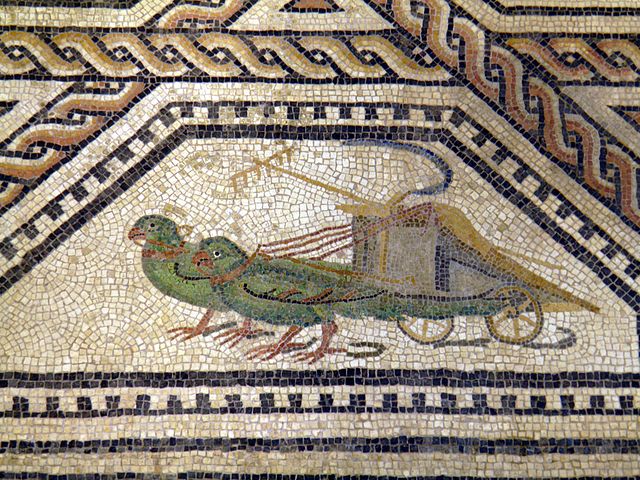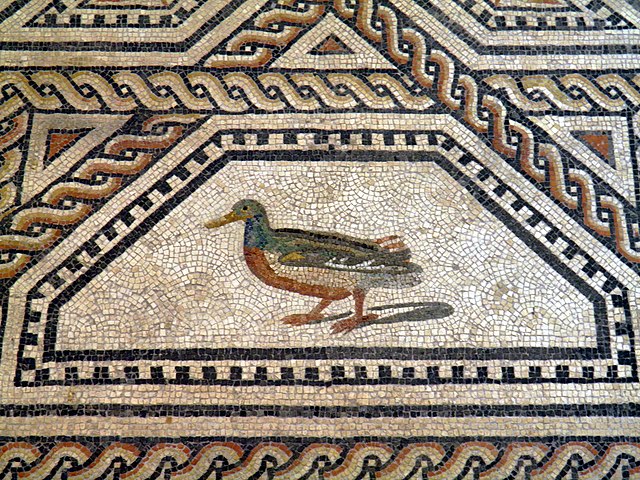
Thammasat University students interested in European history, political science, sociology, law, Ancient Rome, and related subjects may find a new book useful.
The Position of Roman Slaves: Social Realities and Legal Differences is an Open Access book available for free download at this link:
https://www.degruyter.com/document/doi/10.1515/9783110987195/html
It is edited by Professor Martin Schermaier, Director of the Institute for Roman Law and Comparative Legal History at the University of Bonn, Germany.
The Thammasat University Library collection includes several books about different aspects of the lives of slaves in Ancient Rome.
Slavery in ancient Rome played an important role in society and the economy. Besides manual labor, slaves performed many domestic services and might be employed at highly skilled jobs and professions. Accountants and physicians were often slaves. Slaves of Greek origin in particular might be highly educated. Unskilled slaves, or those sentenced to slavery as punishment, worked on farms, in mines, and at mills. Slaves were considered property under Roman law and had no legal personhood. Most slaves would never be freed.
According to the website of the British Museum,
Under Roman law, enslaved people had no personal rights and were regarded as the property of their masters. They could be bought, sold, and mistreated at will and were unable to own property, enter into a contract, or legally marry.
Most of what we know today comes from texts written by masters. These authors had little interest in describing servants’ daily lives and they only present us with polarised depictions of enslaved individuals. They are presented either as stereotypical ‘good slaves’ or, more commonly, as ‘bad’, ‘disloyal’, ‘lazy’ and deceitful people. Despite the text’s elite bias, we get a sense of how differently people could be treated, often based on their occupations and skills.
Some of the worst working conditions were those in mines or quarries. Enslaved people were forced to work with no respite, in deep, dark and narrow tunnels. The work was both physically demanding and dangerous, with the tunnels risking collapse. […]
The enslaved were also employed to work in agricultural settings. In Treatise on agriculture, writer Columella advises owners on how to treat the agricultural enslaved. He recommends a balance in order to achieve the greatest amount of labour while avoiding making living conditions so hard servants might rebel. It’s likely many masters, if not most, ignored Columella’s advice and were far harsher, if not openly abusive.
On the other hand, the philosopher Seneca, writing in AD 55-56, recommended a humane treatment of one’s servant on moral grounds:
It is creditable to a man to keep within reasonable bounds in his treatment of his slaves. Even in the case of a human chattel one ought to consider, not how much one can torture him with impunity, but how far such treatment is permitted by natural goodness and justice, which prompts us to act kindly towards even prisoners of war and slaves bought for a price (how much more towards free-born, respectable gentlemen?), and not to treat them with scornful brutality as human chattels, but as persons somewhat below ourselves in station, who have been placed under our protection rather than assigned to us as servants. […]
In the Roman world there were many different ways someone could be forced into slavery. These included children born into slavery, people captured in war, individuals who were sold or self-sold into slavery and infants abandoned at birth. Less common were children sold by their parents, people being enslaved for debts or as punishment for crimes and people who were victims of kidnapping and piracy. We know of two slavery markets in the city of Rome. One was by the Temple of Castor in the Forum, the other near the Saepta Julia in the Campus Martius.

An introduction to the book notes:
Roman law has a lot to tell us. It forms the basis for most private law systems in use today. It is an important source for the history of concepts and ideas in western civilisation. And it is, finally, a key with which to unlock our understanding of ancient Roman culture. Anyone who wants to study Roman slavery cannot ignore Roman slave law. But work on the Roman legal texts involves a number of difficulties. They are easily accessible, both in print and digitally online. The most important texts have been translated into the most common modern languages. But not every historian will find it easy to engage with the complex legal questions posed by many of these texts. What they have to tell us about social conditions in Rome often only becomes intelligible after one has worked one’s way through the hard shell of technical jargon and dogmatic subtleties. Another problem is that most extant legal texts do not discuss the legal position of slaves. Instead, they discuss slaves who, as persons or as things, became part of a legal dispute. These texts tell us only indirectly about the rights or duties of slaves, or about a slave’s position vis-à-vis a free person. Only where Roman laws were used to discuss a specific conflict in concrete terms can we draw conclusions about what is commonly referred to as ‘slave law.’ Paul du Plessis has already described this conundrum: ‘While Roman legal sources do not provide much information about the socio-economic context of slavery, they do contain interesting glimpses of such concerns and the way in which this affected juristic reasoning.’ So, if we want to find out something about the legal and social position of slaves, we need to study Roman legal texts in terms of their purposes, as it were: only the ruling and the reasoning divulge some information about the roles of slaves in that specific conflict, and perhaps more generally. The project about the Roman legal sources of slavery supported by the Mainz Academy of Sciences and Literature, facilitates access to the relevant legal texts and so helps us to understand them. It is, however, beyond the scope (and indeed not the stated aim) of that excellent project to facilitate access also to underlying social conditions in Rome. The present volume hopes to fill that gap in terms of selected aspects of Roman slave law. The authors, all of whom are legal historians, hope to bore through the hard technical shell of legal texts in order to get at their social core. In doing so, they start from a shared working hypothesis, namely that Roman slavery was more diverse than we might assume from the standard wording about servile legal status. Slaves were the property of their dominus, objects rather than persons, and largely without rights: these are some components of our basic knowledge.

(All images courtesy of Wikimedia Commons)
